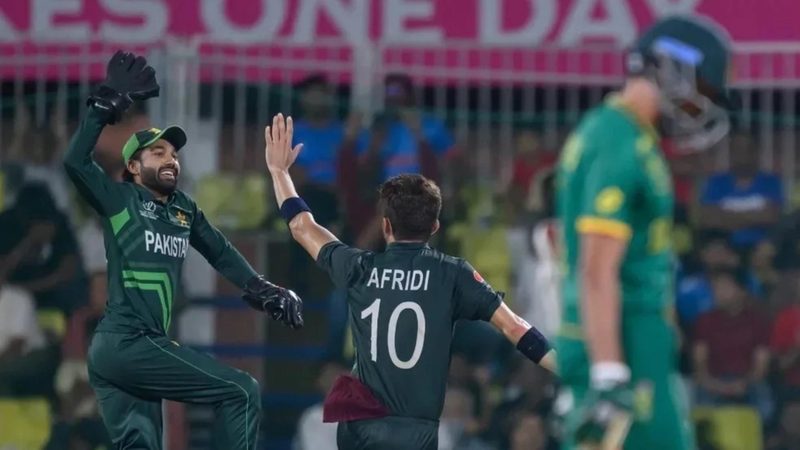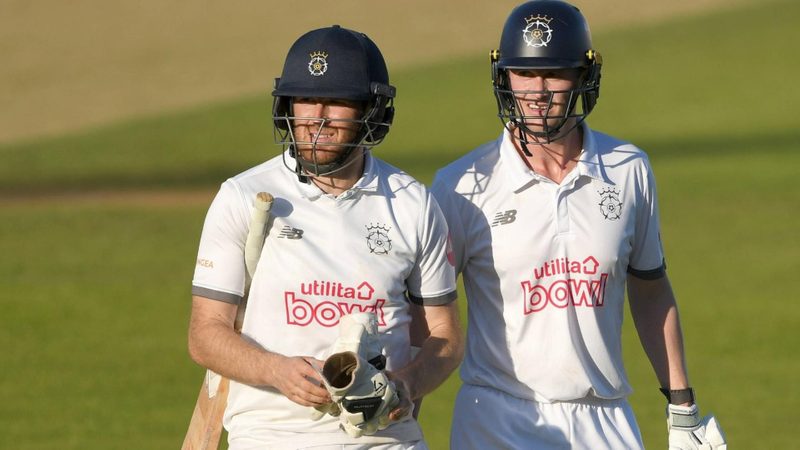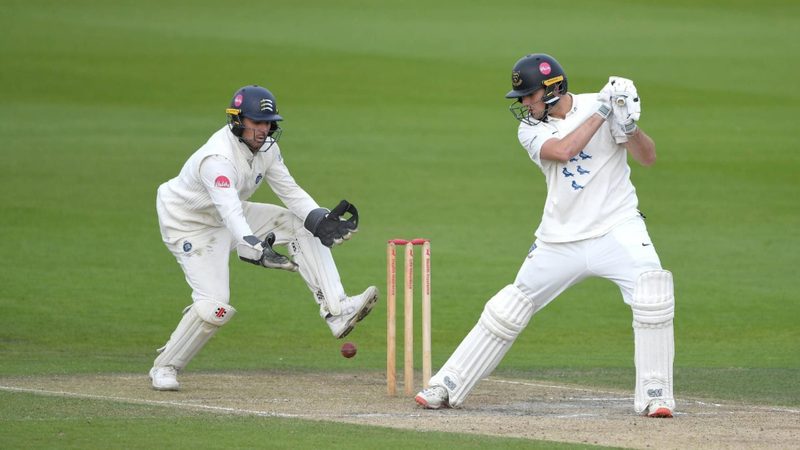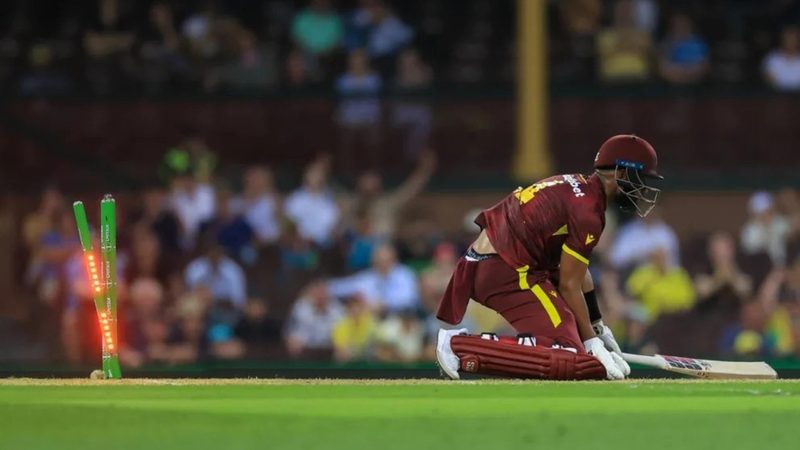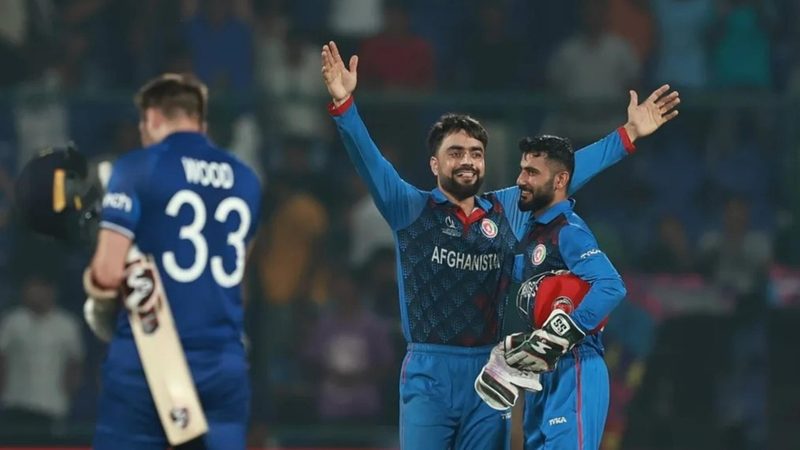
In what's possibly the most dragged out Indian T20 League game of the season, we witnessed a spectacle from Virat Kohli on T20 batsmanship. Now, Kohli isn't the ideal T20 player. He is far from that. He isn't even the best T20 batter in the Bangalore setup. But if there's one thing that Kohli does well, it's acceleration after being well set.
There are two ways to play a T20 game if you are a batsman:
- Slog
- Start slowly and look to make up later
The first one is widely accepted as the more dangerous method, but that's possibly because the format isn't as well understood as it should be. Starting off with several dots like in an ODI innings and then playing catch-up is incredibly tougher in T20s where there's the pressure of setting a big score (which means faster turnaround) and likely bigger hitters waiting in the dugout.
The job's easy for someone who relies on slogging: hit out or get out. For an anchor, though, the task is a whole lot tougher. You are looking to steady the ship by starting slow but for the knock to have any kind of positive impact for the team, he should be able to make up for the start with a good strike rate.
Look at the batsmen with the best T20 strike-rate in the last four overs in the Indian T20 League since 2018.
Faf du Plessis - 267.3
AB de Villiers - 248.4
Andre Russell - 246.3
Rishabh Pant - 235.3
Sanju Samson - 233.9
Virat Kohli - 226.8
KL Rahul - 219.6
What's evident from the names is that a lot of them are top-order batsmen taking it deep into the innings and then accelerating. Virat Kohli's strike-rate of 226.8 is as such incredible. Compared to the rest of the batsmen in the list, he isn't known to have the power game either. So, what really does Kohli do?
On Saturday, the Bangalore skipper ran 50 of his 90 runs in singles and doubles. Such was his relentless intent to keep the scoreboard moving that Chennai were under pressure even with him not hitting too many boundaries.
Being an anchor, it is important to minimise dot ball percentage and taking the innings deep enough to accelerate. At the time of crossing his half-century, Kohli had just one six and three fours to his name, yet the runs had come at a rate of 135.89.
In the death overs, Kohli played through and made 37 in 13 balls, clubbing three sixes and a four in that phase. Kohli maximised his returns and made up for the average start (which in itself was above par due to the strike rotation) with his incredible hitting in the end.
This approach is fraught with risk as more often than not you get out after a good start. But, Kohli on Saturday showed that you could still keep it a productive knock by not going at run-a-ball or dead batting away balls, but by placing the ball and being street smart.
Feature image courtesy: Twitter.com / Indian T20 League















